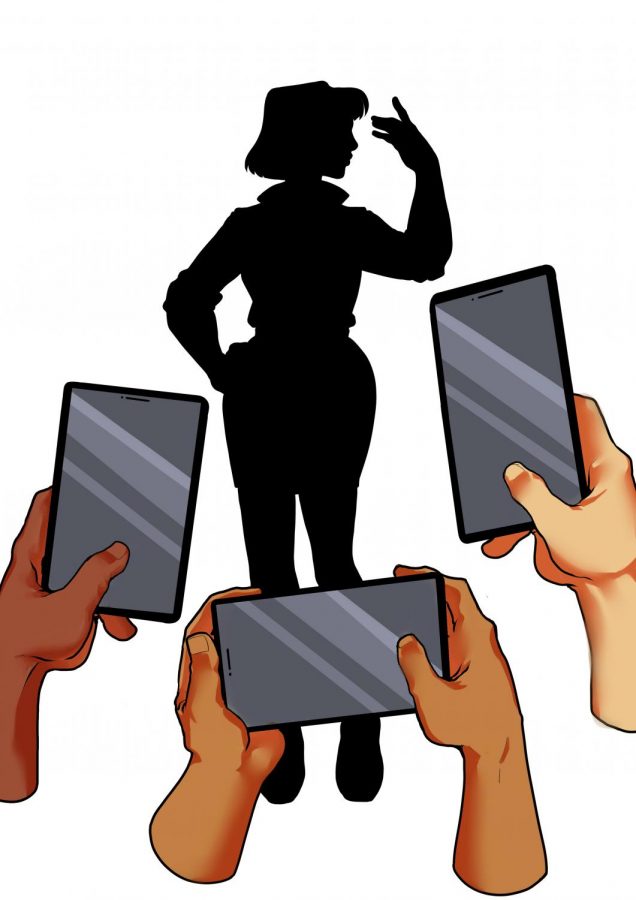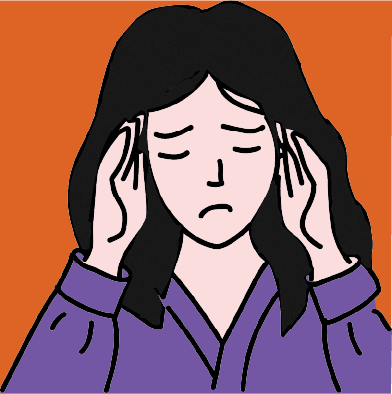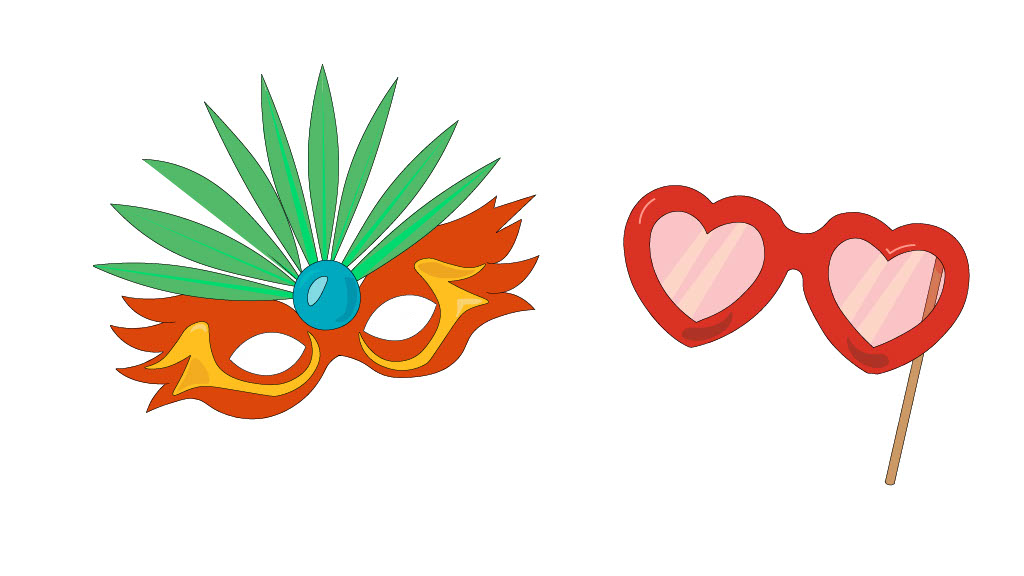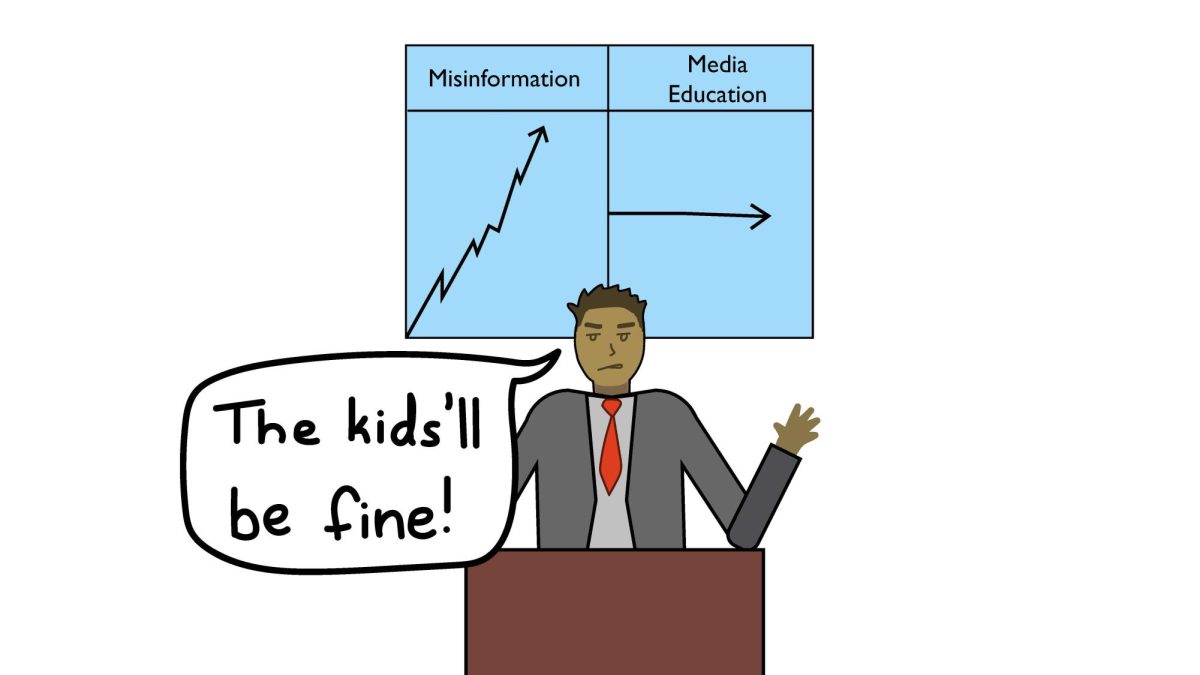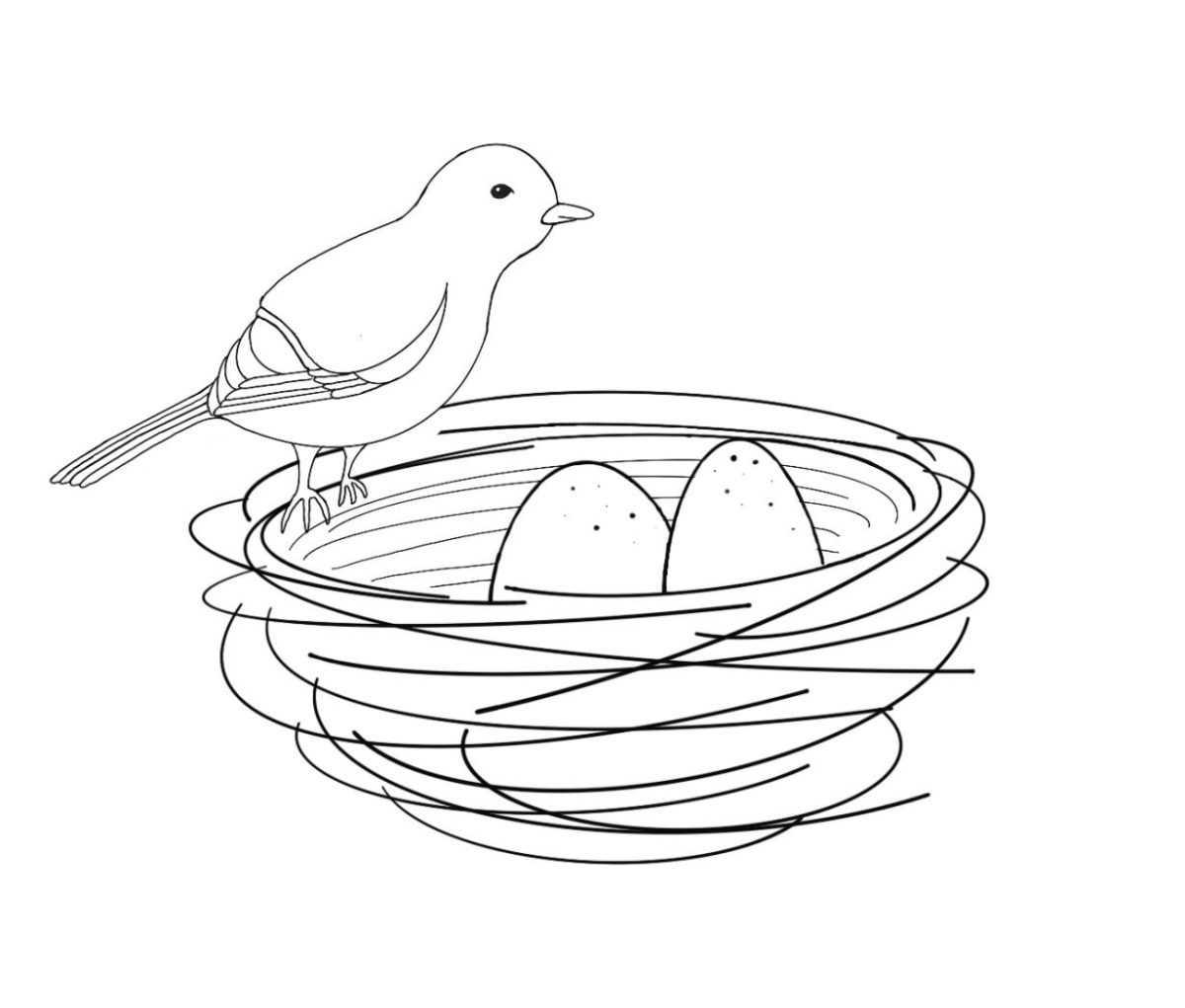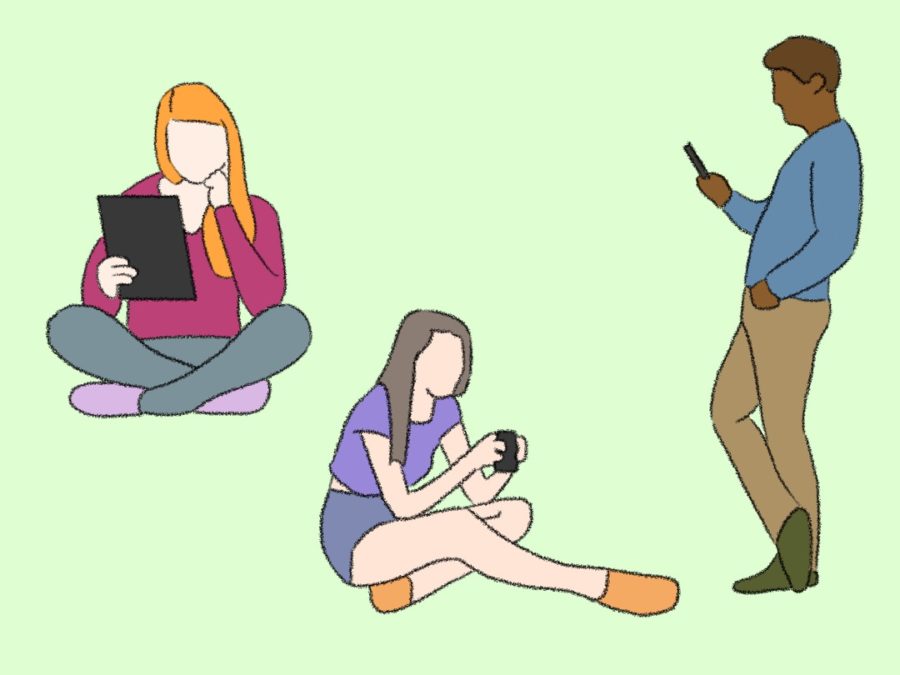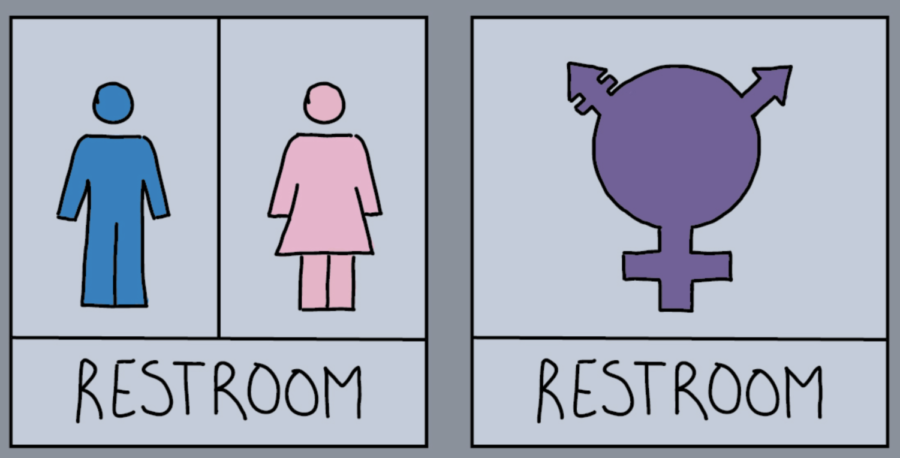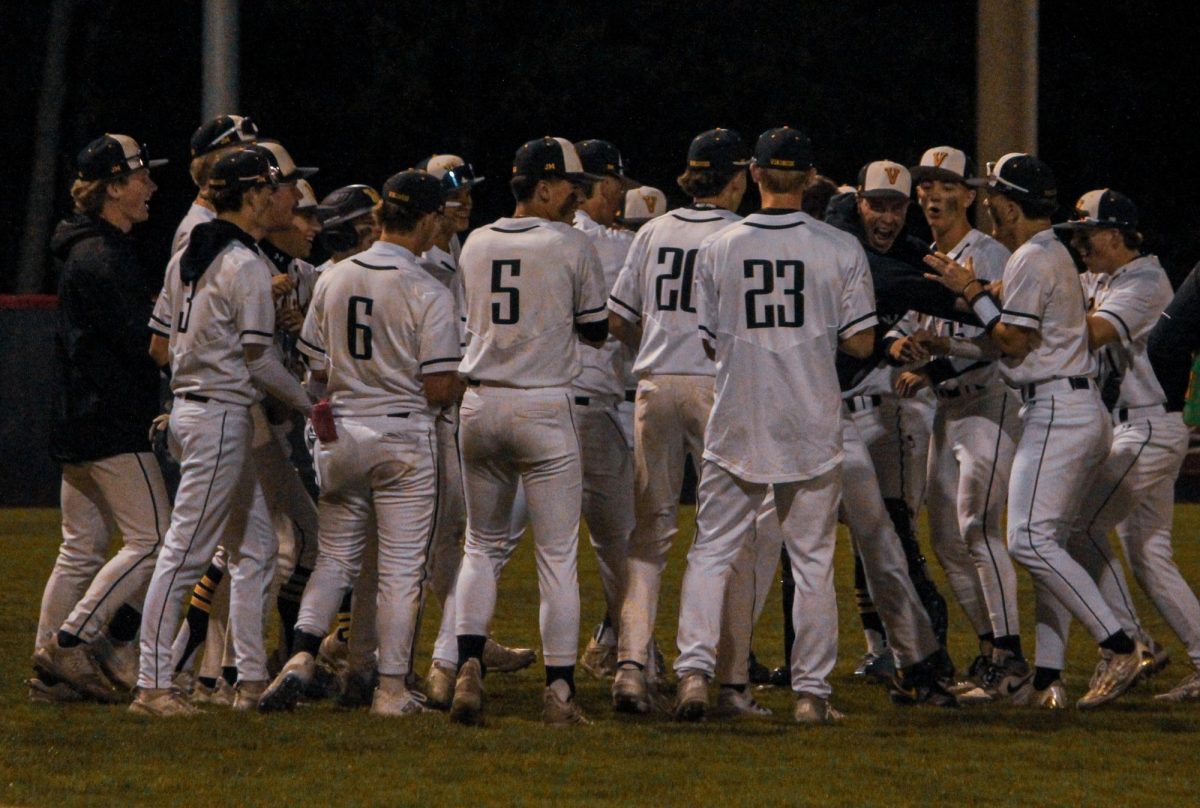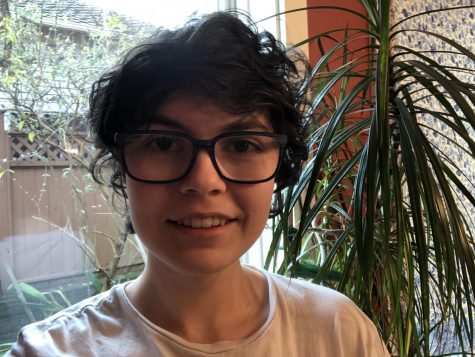Is stan culture toxic?
Yes, stan culture disrupts fanbases
Link Gazey
With the rise of social media as an increasingly-essential communication tool, a phenomenon known as stan culture is now becoming prominent in this digitized world. Though the word stan was originally used to describe a member of a fan base, it has become more commonly associated with an obsessive person who takes their fandom far too seriously. Online fan groups are great spaces for people to meet new friends and connect with others. However, as with any community involving multiple participants, the bond will break if someone does something particularly out of line, as is the case with stans.
Many stan communities center themselves around real-life individuals, such as musicians or actors. Stans are known for glorifying these people and placing them upon a pedestal where they can do no wrong. Alongside this, some people forget that the people they idolize exist outside of the media they consume and may put the idol in a situation that violates their personal comfort. This type of activity has gone on since the Beatles, with fanfiction being written about them as far back as the ‘60s. Fanfiction has existed for a long time, but in the modern era of social media, celebrities can now read what their fandom has written about them. While most of them are fun stories that celebrities can laugh or smile at, some works cross into uncomfortable territory when they’re written as romance novels or overly-detailed dramas about details in the creator’s life that they do not want to share.
In the modern age, this is most commonly seen with fandoms surrounding YouTubers. Unlike highbrow celebrities, YouTubers are seen as closer to their audience and often include them in events or livestreams. They are rarely disconnected from the fandom that surrounds them, and sometimes even contribute to it, as they rely on their fandoms’ participation to generate income. The problem with this arises when stans begin to forget that their idol is a real person outside of their Youtube persona, treating them as fictional characters and writing what they please about them. Many Youtubers have felt so violated by these works that they’ve become less open with their audience or even stopped making content all together. Creator friendships like Grian and MumboJumbo or Markiplier and Jacksepticeye, have said that they especially dislike fans writing about their friendship in a romantic way. Grian especially stressed this since he is married.
These incidents don’t exist in a bubble. Fandom drama can cause a lot of stress to those within the community who wish not to be involved in the arguments. Toxic behavior drives away fans and creators alike, and many stan communities are now ridiculed for having a reputation of being full of drama, making the members feel terrible for enjoying their media. The problems with idols and stan culture needs to be addressed, not ignored. The word ‘stan’ will continue to turn people away from the media as long as these toxic behaviours continue.
No, stan culture builds community
Sofia Leotta
It’s undeniable that stan culture dominates the internet. From fans supporting K-pop or books series, to popular musicians like Ariana Grande and Taylor Swift, stan cultures vary in size, focus area and social media platform. However, all stan cultures coalesce under the same idea: mass support for an element of pop culture. While stan cultures can certainly include unpleasant people, there’s nothing inherently toxic about building a culture of online fans.
The value of stan culture is most prominent in its ability to unite people. Fans who may feel alone in their interest or identity can use media platforms to easily find others who share their views. For those who feel isolated because of their passions in their daily life, stan culture is a pathway to belonging.
In addition to being an entertaining place full of inside jokes and fun drama, stan culture is a home for many — a place for people who are in the minority to become part of a majority. Stan culture is a direct way for younger generations to connect with people they are comfortable with, whether that means others from similar backgrounds, such as LGBTQ+ community members, or people who share their niche music or book interests.
As such, stan communities should not simply be dismissed as a place of obsession. On the individual level, stan culture encourages and celebrates personal creativity. From fan-made videos to music covers, the possibilities are endless for fans to explore creative outlets with the encouragement of an uplifting community — a community that, more often than not, uplifts other fans who share their devotion to a celebrity and express it through creative ways.
Meanwhile, on a larger scale, the sheer mass of online communities wields influence. During the 2020 Black Lives Matter protests, stan Twitter feeds focused on racial inequality issues and media platforms were used to spread petitions and fundraising work. With the #MatchAMillion in spring 2020, K-pop fans quickly matched and surpassed BTS’s $1 million donation to racial justice organizations. Influence can take many forms besides fundraising — 2020 saw many unique efforts in line with social justice agendas, from K-pop fans interfering with rallies for former U.S. President Donald Trump to stan culture disrupting police efforts to track BLM protestors.
Of course, there are instances where stan culture can become problematic. However, thinking of stan culture as an uncontrollable force is unrealistic. Celebrities have found success from speaking out against certain parts of their own stan cultures. Often, when celebs call out actions, their fans listen. Stan culture can be reeled in when people with power are willing to do something. In this sense, stan culture isn’t unchecked, but rather can be influenced by the extent to which a celebrity and other fans promote positive activity.
Stan culture is defined by celebrity and fan attitudes. Despite having some toxic fans, it is above all a place of celebration. Online communities are places of unlikely personal and social change where individuals can engage in what they love with a mass group who share their passions. Instead of advocating for the removal of stan culture and treating it like an uncontrollable problem, discourse and discussion should be used to correct it and amplify the many values of online communities.



